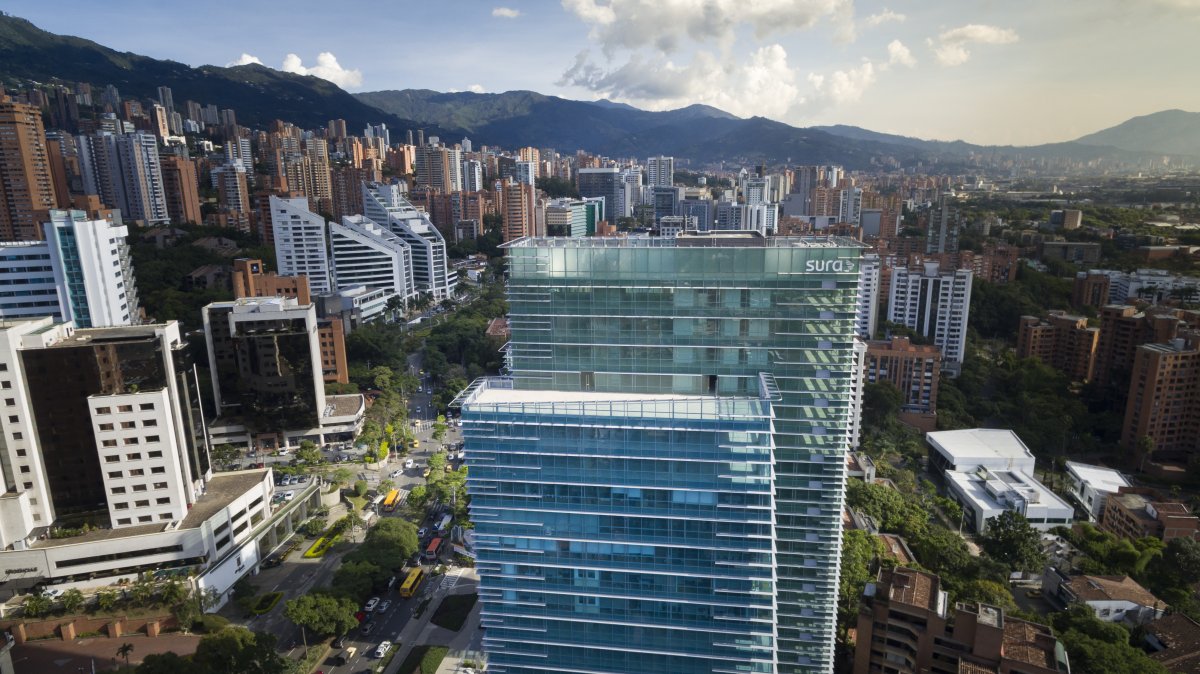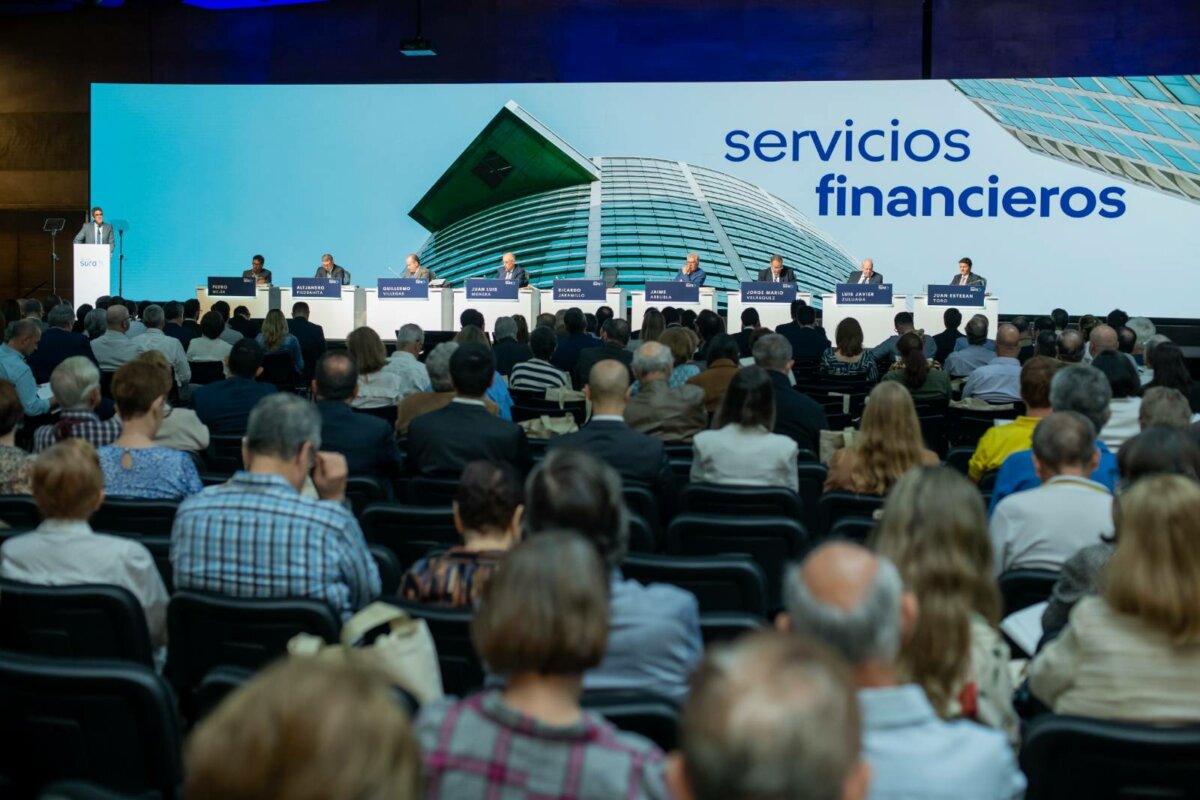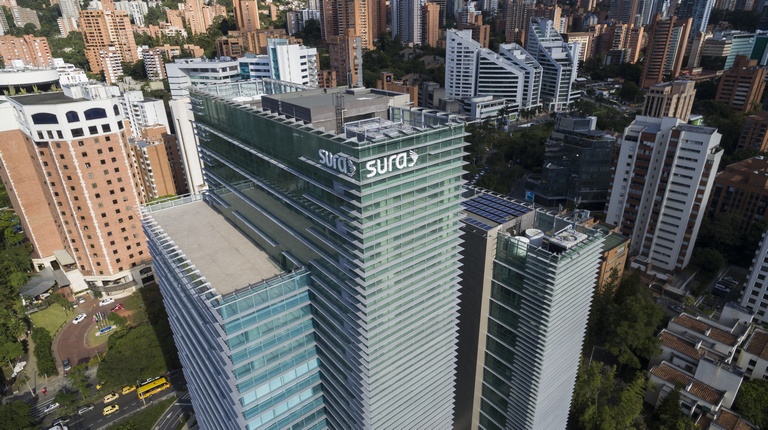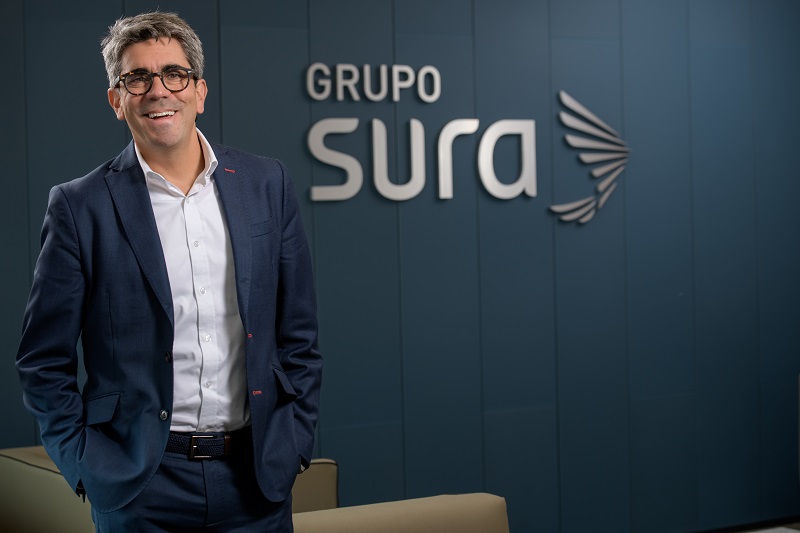- Grupo SURA is the first issuer in Colombia to carry out this type of transaction using the Colombian Stock Exchange’s own Trading System.
- This procedure, as recently regulated by the aforementioned Stock Exchange, is part of the Company's efficient capital allocation strategy and takes into account the current proportions of ordinary and preferred shares in the Company’s overall capital stock.
- These buy-back operations, which are also helping to invigorate the Colombian Stock Market, are set at a maximum value of COP 300 billion and for a total term expiring in March 2023.
Grupo SURA announced to the market this Monday, using the Colombian Superintendency of Finance’s Relevant Information mechanism, that it shall be initiating buy-back operations, as authorized by the Colombian Stock Exchange (BVC), for an amount worth up to COP 300 billion and for a term ending in March 2023.
"This stock repurchases are considered to be an important initiative for Grupo SURA and our shareholders, since it represents an efficient allocation of capital while also helping to invigorate the Colombian stock market," stated Ricardo Jaramillo, Chief Business Development and Finance Officer for Grupo SURA.
It should also be noted that Grupo SURA is the first issuer to carry out stock repurchase transactions using the Colombian Stock Exchange's own trading system, as recently regulated in the Rules and Regulations governing said exchange as well as that stipulated in its Sole Circular Letter. These stock buy-backs were approved by the Company’s shareholder at their Annual Meeting held in 2020 and, last March, the Board of Directors defined and approved the procedure for carrying out said operations, thereby guaranteeing equal treatment for all shareholders in keeping with its corporate guidelines as well as ensuring market transparency.
These shares repurchase operations shall be carried out through a stock brokerage firm and the purchase orders issued by Grupo SURA shall be for the same proportions as for the amount of ordinary and preferred shares comprising the Company’s overall shareholding structure, that is to say 80.6% ordinary and 19.4%, preferred shares). However, since each holder of ordinary and/or preferred shares is able to decide on whether or not to sell in these same proportions, the number of shares effectively repurchased may result in a different proportion than the aforementioned 80.6% and 19.4%, respectively.
